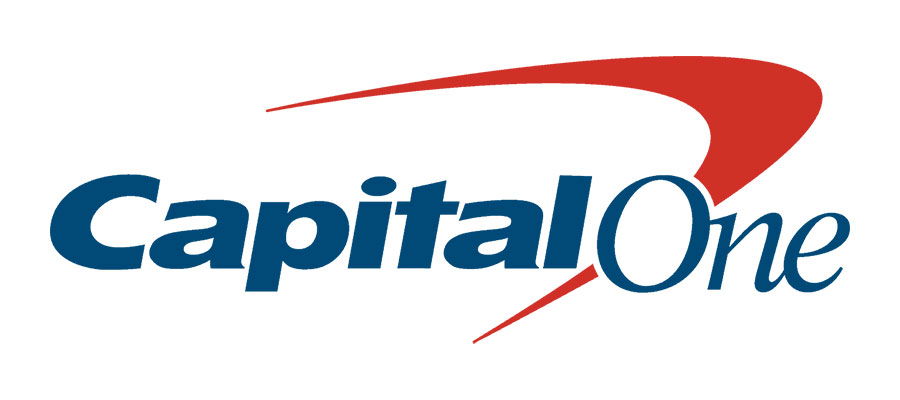If your current car loan has a high interest rate or monthly payment that stretches your budget, refinancing could be a smart move.
By replacing your existing loan with a new one—ideally at a lower interest rate or with better terms—you can reduce your payment, pay less interest over time, or adjust the length of your loan to fit your current needs.

People often refinance when their credit score improves, interest rates drop, or their financial situation changes. The right refinance deal can free up cash each month, shorten your payoff period, or even allow you to remove or add a cosigner. The key is knowing when refinancing makes sense and how to find the best offer.
Key Takeaways
- Refinancing a car loan can lower your monthly payment and interest rate, especially if your credit score has improved or market rates have dropped.
- Review your finances, check your current loan terms, and compare offers from multiple lenders to be sure refinancing works in your favor.
- Watch out for risks like extending your loan term or hidden fees, and weigh other options such as extra payments or selling your car to reach your goals.
Top Benefits of Refinancing Your Car Loan
Refinancing can do more than replace your current loan—it can improve your budget, reduce interest costs, and give you more control over your repayment terms. Here are some of the main advantages.
- Lower monthly payments: A lower interest rate or longer repayment term can lower your monthly car payment, freeing up cash for savings or other expenses.
- Reduced interest costs: If rates have dropped or your credit score has improved, refinancing could mean paying less interest over the life of the loan.
- Flexible loan terms: You can shorten the term to pay off your car faster or extend it for smaller monthly payments that fit your current budget.
- Cosigner changes: Remove a cosigner if you can now qualify on your own, or add one to help secure better loan terms.
- Better lender options: Switching to a lender with lower rates, fewer fees, or more borrower-friendly features can make repayment easier and more affordable.
When to Refinance a Car Loan
Timing matters when it comes to refinancing. You want to lock in a better deal without missing the best window. These are common signs it might be time to make a move:
- Interest rates have dropped: If current auto loan rates are lower than what you’re paying, refinancing could cut your monthly payment and save you money over the life of the loan.
- Your credit score has improved: A stronger credit profile can qualify you for better rates and terms, even if overall market rates haven’t changed.
- Payments are hard to manage: Extending your loan term through refinancing can reduce your monthly payment and provide short-term relief during financial challenges.
- Your financial goals have shifted: If you need to free up cash for other priorities—like investing, buying a home, or paying off high-interest debt—refinancing can adjust your loan to fit your budget.
- You want better loan features: Some lenders offer perks like no prepayment penalties, more flexible payment options, or loyalty rewards. Refinancing can give you access to these benefits.
How to Refinance a Car Loan Step-by-Step
Refinancing works much like getting your original car loan, but with the chance to secure better terms. Here’s how to do it efficiently:
- Review your current loan: Note your monthly payment, interest rate, remaining balance, and payoff date so you can compare offers accurately.
- Compare rates from multiple lenders: Check banks, credit unions, and online lenders to find the best combination of rate, term, and fees. For a list of top-rated options, see our guide to the best auto refinance companies.
- Estimate your savings: Use an online calculator to see how much you could save each month and over the life of the loan.
- Gather your documents: Have your VIN, registration, current loan details, proof of income, and insurance information ready.
- Apply with your chosen lender: Complete the application online or in person, providing accurate financial and vehicle details.
- Review and sign the new loan agreement: Confirm the rate, monthly payment, and term match what you were offered before signing.
- Set up automatic payments: This can help you avoid late payments and may qualify you for a small rate discount.
Car Loan Refinancing Requirements
Before you can take advantage of refinancing benefits, you’ll need to meet certain criteria. Here’s what lenders typically look for:
- Credit score: Pull your credit report to see where you stand. An improved credit score since you got your original loan can help you qualify for lower rates and better terms.
- Prepayment penalties: Check your current loan agreement for fees tied to paying it off early. If penalties apply, weigh them against your potential savings.
- Loan balance vs. vehicle value: Lenders prefer that your loan balance is less than your car’s current market value. Owing more than it’s worth can make refinancing harder to secure.
- Loan-to-value ratio: This is the loan amount compared to your car’s value. Each lender has its own acceptable range, so make sure your ratio meets their guidelines.
- Vehicle age and ownership: Some lenders won’t refinance older vehicles or those you’ve owned for only a short time. Review lender policies before applying.
Risks of Refinancing a Car Loan
Refinancing can save you money, but it’s not always the best move. Watch out for these potential drawbacks:
- Longer loan term: Extending your loan can lower monthly payments but may increase the total interest you pay over time.
- Hidden fees: Some lenders charge processing fees, title transfer fees, or other costs that can reduce or erase your savings.
- Prepayment penalties: Your current lender might charge a fee for paying off your existing loan early. Check your agreement before refinancing.
- Rolling in negative equity: If you owe more than your car is worth, adding that balance to a new loan can put you further underwater.
- Missing better offers: Jumping at the first approval could mean missing out on lower rates or better terms from other lenders. Always compare multiple options before signing.
Alternatives to Car Loan Refinancing
If refinancing isn’t the best fit, there are other ways to ease the strain of your car loan:
- Make extra payments: Adding even a small amount to your monthly payment can reduce your balance faster and cut total interest costs.
- Sell your car: If your vehicle is worth more than you owe, selling it and paying off the loan can eliminate the debt entirely.
- Negotiate with your current lender: Ask about lowering your interest rate, extending your term, or adjusting your payment date to make your loan more manageable without refinancing.
- Use a personal loan: If you can qualify for a personal loan with a lower rate than your auto loan, you could pay off your car and replace it with a more favorable loan.
- Trade in for a less expensive vehicle: Trading in your current car for a cheaper one can lower your loan balance and monthly payment.
- Lease buyout financing: If you’re nearing the end of a lease and plan to keep the car, lease buyout financing may offer better terms than a standard refinance.
Final Thoughts
Refinancing a car loan can be a smart way to lower your monthly payment, reduce interest costs, or adjust your loan to better fit your current financial situation. The key is knowing when it’s the right move, comparing offers from multiple lenders, and making sure the savings outweigh any fees.
Start by reviewing your current loan details, checking your credit score, and exploring available rates. A well-timed refinance can save you money and give you more flexibility in your budget.
Frequently Asked Questions
What are the costs associated with refinancing?
Many lenders don’t charge fees for refinancing a car loan, but some may add costs such as processing fees, loan origination fees, or administrative charges. Always confirm any potential fees with the lender before moving forward so you can factor them into your savings calculation.
Can I refinance if I’m upside-down on my car loan?
Being “upside-down” or “underwater” means you owe more than your car’s current value. While refinancing in this situation can be more difficult, some lenders may still approve it. Carefully weigh whether extending your loan or rolling negative equity into a new loan will actually improve your financial position.
Do I need an appraisal for my car when refinancing?
Most lenders don’t require a formal in-person appraisal, but they will need details such as your car’s make, model, year, and mileage. Many use online valuation tools or third-party databases to determine your vehicle’s current market value. Check your lender’s requirements before applying.
Is there a limit to how many times I can refinance a car loan?
There’s no legal limit to how often you can refinance. However, doing it repeatedly in a short period may raise concerns with lenders and could result in extra costs or minimal savings. Make sure each refinance offer improves your terms or lowers your total cost before proceeding.
Can I refinance a car loan with bad credit?
It’s possible to refinance with bad credit, but your options may be limited, and the interest rate might be higher. Improving your credit score first—by making on-time payments and reducing debt—can help you qualify for better terms and bigger savings.




